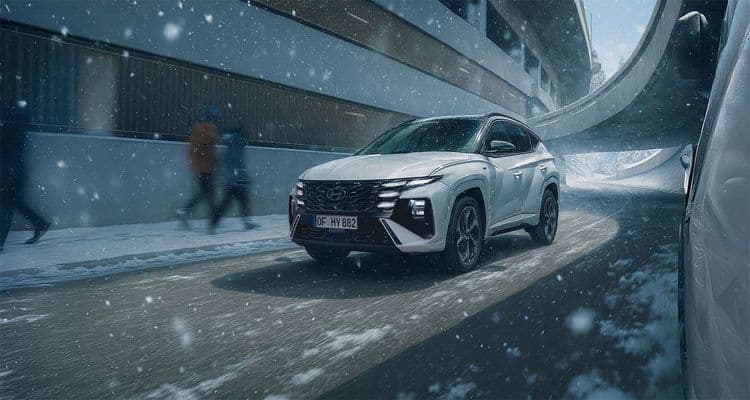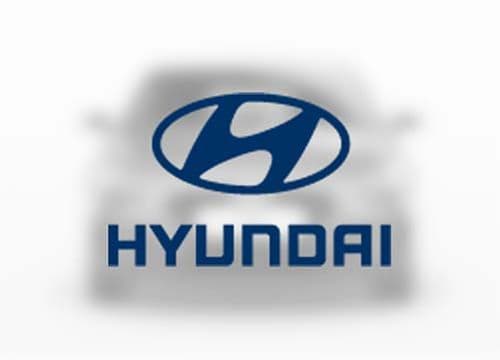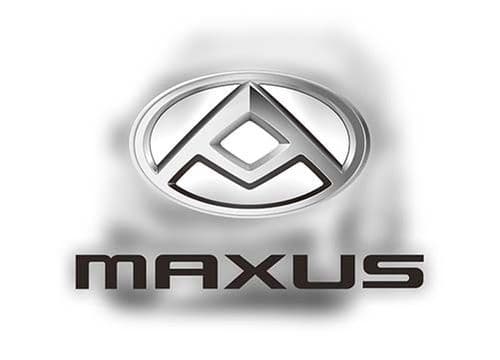Graphic: AI-generated motif | Hyundai TUCSON Hybrid N Line, 1.6 T-GDI HEV 6-speed A/T 176 kW (239 PS), automatic, front-wheel drive: combined energy consumption: 5.8 l/100 km; combined CO2 emissions 131 g/km; CO2 class: D I.
Quick vehicle search
Top used cars & new vehicles at Autohaus Schimmel
No vehicles found.
We make you mobile - 4x in Berlin & Brandenburg
From vehicle purchase to regular maintenance or repairs to support in the event of an accident - CSB Schimmel Automobile is always at your side as a partner. With our 4 branches in Berlin and the surrounding area, we are always close to you. Simply arrange your next consultation or service appointment now using our online appointment planner. We guarantee short waiting times and customised service!
Mould News
Hyundai, MG Motor, Mitsubishi, FUSO & MAXUS dealership
CSB Schimmel Automobile GmbH is the largest Mitsubishi, MG Motor and Hyundai dealer in Berlin with an authorised and vehicle service workshop (online appointments possible), classic and vintage car workshop, spare parts sales, rental and its own 24-hour towing service. In our 4 car dealerships in Hohenschönhausen, Spandau, Schöneweide and Bernau you will find a well-stocked selection of around 300 cars, lorries in various price categories and attractive used cars, demonstration vehicles and short-term registrations. For commercial customers, we offer Hyundai, Mitsubishi, FUSO and MAXUS commercial vehicles with our own workshop service.
Arrange a workshop appointment online
At which location would you like to have the services carried out?
Your choice
Wählen Sie einen Standort
Official automotive partner of Füchse Berlin
A fox drives a grey horse
We have been a sponsor of the professional handball club Füchse Berlin since 2018. The Berlin handball club is a special club for many locals. The great atmosphere at events and the sporting performances inspire the dedicated fans.
The commitment of Füchse Berlin is in line with the core values of CSB Schimmel. That's why we decided to forge an even closer partnership after the first few years of working together. At the start of the 2021 season, Schimmel Automobile became a premium partner of Füchse Berlin.

Passion for cars
Customer testimonials




Travelling in partnership
Ever since Car Services Berlin was founded and even after the company was renamed CSB Schimmel Automobile GmbH in 2016, our top priority as a family-run business has been to provide you with customised advice when purchasing a vehicle and tailor-made service. Our experienced team will always deal with your concerns competently and without long waiting times. We look forward to your visit at one of our four locations in Berlin Hohenschönhausen, Spandau, Schöneweide and Bernau.
Half and annual cars
Everything under one roof
35 years of experience
Um diesen Inhalt anzeigen zu können, ist Ihre Zustimmung erforderlich.
© 2025 CSB Schimmel Automobile GmbH. All rights reserved.

Die Setzung einiger Cookies ist zwingend erforderlich. Für bestimmte Dienste benötigen wir Ihre Einwilligung.
Durch den Klick auf „Alle Cookies akzeptieren“, willigen Sie (jederzeit für die Zukunft widerruflich) in alle Datenverarbeitungen (Setzung von Cookies und Übermittlung der IP-Adresse an Partner) ein.
Durch den Klick „ Alle optionalen Cookies ablehnen“ werden alle nicht zwingend notwendigen Cookies nicht gesetzt und Verbindungen unterbunden. Die Nutzung unserer Webseite ist dann stark eingeschränkt.
Durch den Klick auf „ Lassen Sie mich wählen“ können Einstellungen geändert und der Datenverarbeitung eingewilligt werden. Ihre Auswahl kann jederzeit angepasst werden.
Hinweis auf Verarbeitung der Daten in den USA (z.B. durch Google, Facebook, Youtube): Durch den Klick auf „Alle Cookies akzeptieren" oder bei der entsprechenden Auswahl eines Anbieters, willigen Sie zugleich darin ein, dass Ihre Daten in den USA verarbeitet werden. Die USA wird als ein Land mit einem nicht ausreichenden Datenschutzniveau angesehen. Es besteht u.a. das Risiko, dass Ihre Daten durch US-Behörden, zu Kontroll- und zu Überwachungszwecken, möglicherweise auch ohne Rechtsbehelfsmöglichkeiten, verarbeitet werden können. Bei dem Klick auf „Alle optionalen Cookies ablehnen“, findet keine Datenübermittlung statt.
Weitere Informationen finden Sie unter Datenschutz. Zum Impressum.























